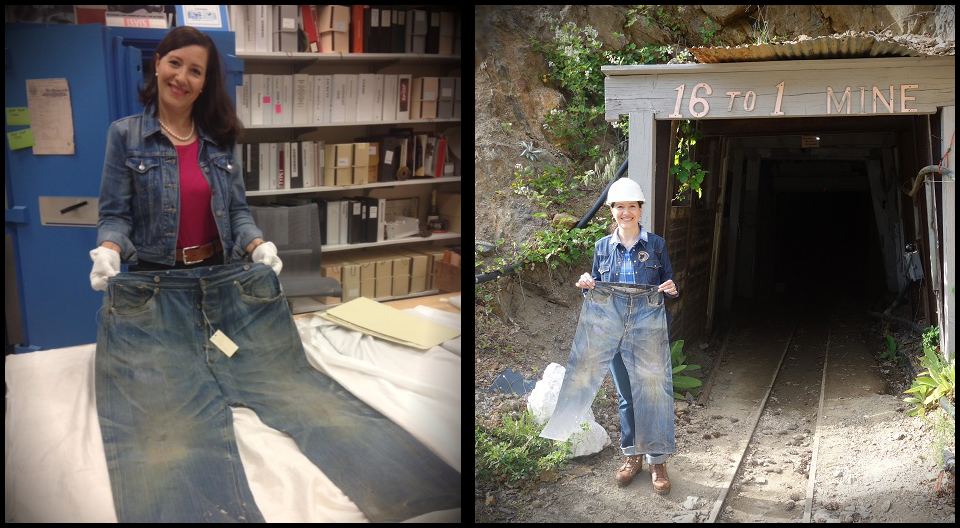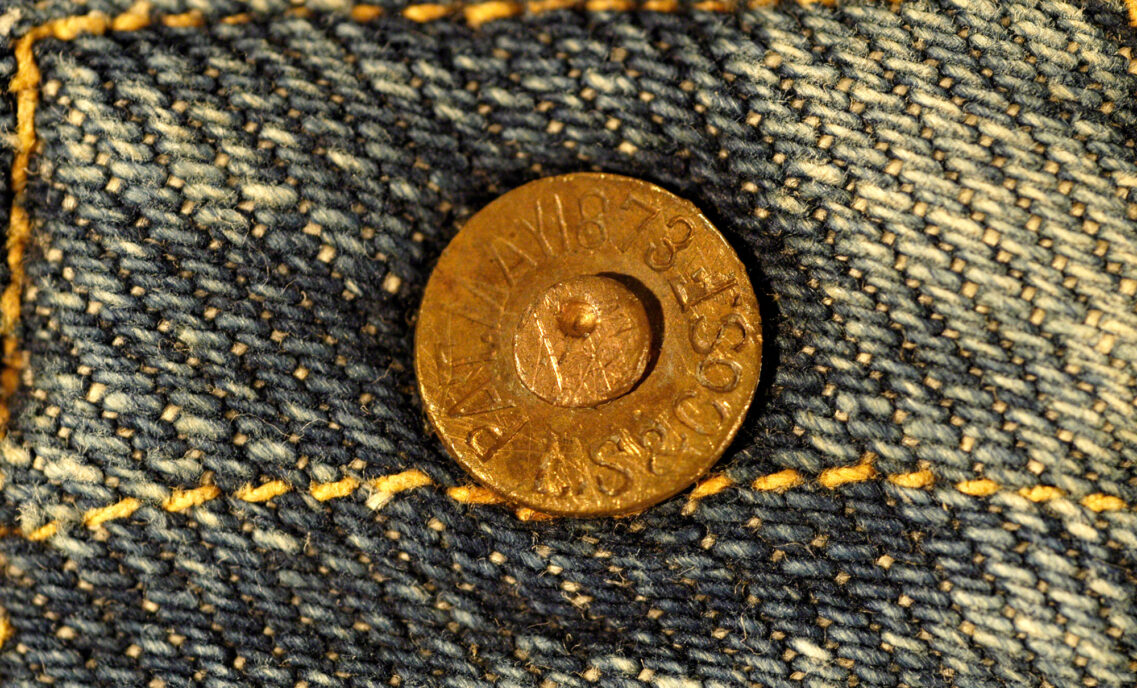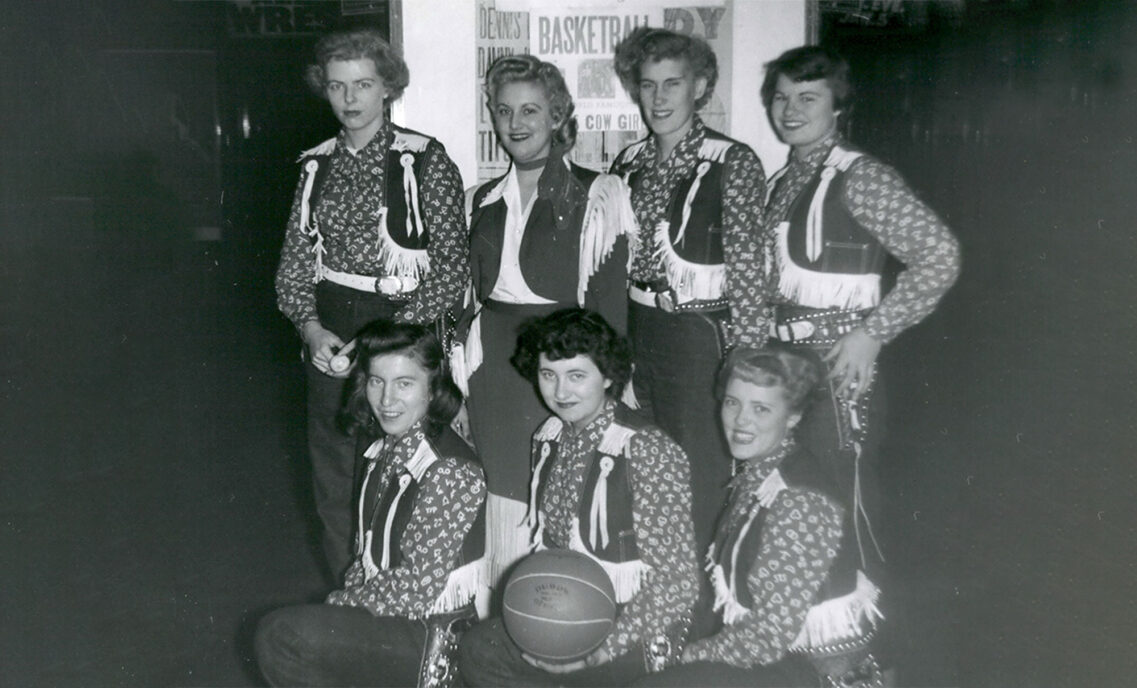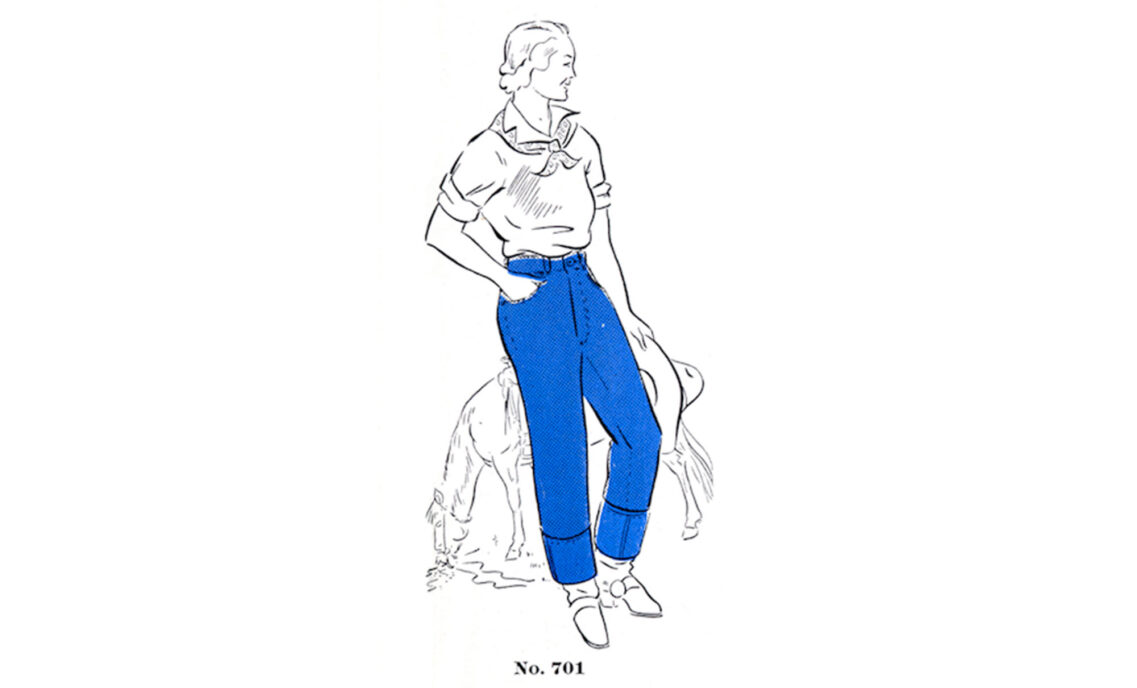The phrase “don’t live in the past,” is a common piece of advice. It’s guidance that Tracey Panek openly defies — albeit for good reason.
This summer, Tracey took over the reins as Levi Strauss & Co.’s historian. In this role, she’s responsible for overseeing thousands of items, including garments, photographs, documents, posters, and other marketing materials, that comprise our company archives.
She may oversee the acquisition and preservation of historical garments and artifacts, but the truth is that being the LS&Co. Historian isn’t really about stuff at all. It’s about storytelling. Tracey researches, documents, interprets and shares stories related to LS&Co.’s rich, 161-year-old heritage.
Unzipped recently sat down with Tracey to learn a bit more about her own history and her new role.
Historian isn’t job title you hear everyday. How did you become interested in this line of work?
I’ve always loved stories. My mother is from New Zealand and some of my favorite memories from childhood are sitting together after dinner, listening to stories of her life there. I eventually developed an interest in history and pursued undergraduate and Master’s degrees in it.
Since then, I’ve been lucky enough to pair my love of stories with my passion for history. I began my career helping AirTouch Communications (now Verizon and Vodafone) establish a corporate archives. I then moved to AAA of Northern California, Nevada & Utah to become corporate historian and archivist. AAA, like Levi’s, has a long history spanning more than 100 years.
From automobiles to apparel — that’s quite a leap! Has your work as a historian changed since coming to LS&Co.?
One thing that’s great about LS&Co. is that there are more tangible parts of the company’s history. I’m used to studying documents, but the collection here also includes amazing garments! Studying those and trying to understand their history is an art. There are clues in every detail from the buttons to the seams to the pockets. I’ve also had the opportunity to learn about garment preservation, including the differences between types of textiles and how to care for them.
What does a typical day look like for you?
Well, I must say every day has been a little unusual, but I’ll give you a recent example. I started the morning being interviewed by El Pais, a newspaper in Spain, talking about the 80th anniversary of women’s jeans.
Next, I hosted Jonathan Cheung and a designer from Korea in the archives and gave them a presentation on the evolution of the Levi’s 501 jeans. I pulled out oldest pair in the world a pair from World War II, and several others through present-day.
Next, I had a meeting to discuss the process for digitizing our archives in order to make them more accessible. I ended my day working on a request from Fortune magazine to help create a timeline showing how LS&Co. fits into the history of denim and fashion trends.
Describe something surprising you’ve learned about the company’s history so far?
I was surprised to learn that Levi Strauss actually never wore Levi’s jeans — he was always dressed very formally. He created products for the typical workingman, but that wasn’t his world. What matters though is that he was a visionary who recognized blue jeans were something people needed.
What’s your favorite item in the LS&Co. archives?
The oldest and most rare pieces are really fun and intriguing, but my favorite often changes. We get in new pieces all the time that I come to love because of the stories behind them.
My favorite of the moment is a little boy’s trucker jacket from the 1960s. A man sent it from Ohio, along with a letter explaining how he found it when going through his mother’s things, and remembers wearing it as a boy and playing with army figures in it. It’s really the combination of a story, plus a rare piece that makes an item special and memorable to me.
Is there anything about the job that you didn’t expect?
The amount of white gloves I’d have to wash! We use them to handle garments. I did 75 pairs in my first month … matching them makes pairing socks look like a piece of cake. There are a lot of small details like that involved in garment preservation.
What do you like most about being a historian at LS&Co.?
Not many people in my position get to tap into this type of history. Especially in the fashion industry — globally, there just aren’t many archivists that take care of collections that have such a rich, deep history spanning so many years. I also love our connection to San Francisco history. I’ve spent the past 20 years delving into San Francisco themes, and it’s great to go to another company that has an even longer history in the Bay Area.
What’s been the most challenging part of your job so far?
It’s funny, the most challenging part and the most rewarding part of my job are actually one in the same, which is trying to learn and understand the history of company. My ‘to do’ list of books to read has quadrupled – and ranges from company history books and interviews with our early leaders to literature about fashion trends that will help me understand our place in the fashion world.
Now, I’ve started seeing connections to our brand everywhere I look. I’m Polynesian and was reading a book about sugar cane in Hawaii. It included references to workers wearing heavy-duty denim. It turns out Levi’s were being supplied to retail stores there in the 1800s.
So, tell us your Levi’s story?
I’m a child of the 80s. That’s when I went to high school, and 501s were THE thing to wear. They were what I was wearing when I met my husband (who was also wearing 501s). That was my first connection, and now that I have three kids of my own, there are new memories and connections with the brand. My youngest is a musician and wanted to get into jazz band. One of the reasons was because of the uniform, which includes a pair of white 501s. They quickly became a favorite piece of clothing for him. He even wore them to middle school graduation, along with a white shirt, a pink tie, and a backwards baseball cap. I loved his confidence — he was wearing his 501s and that give him the attitude.








